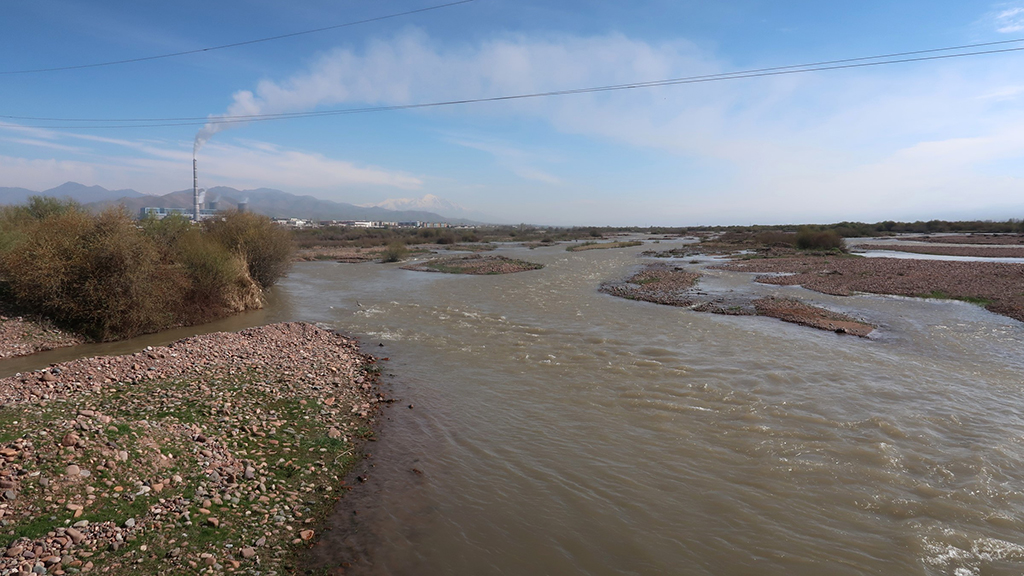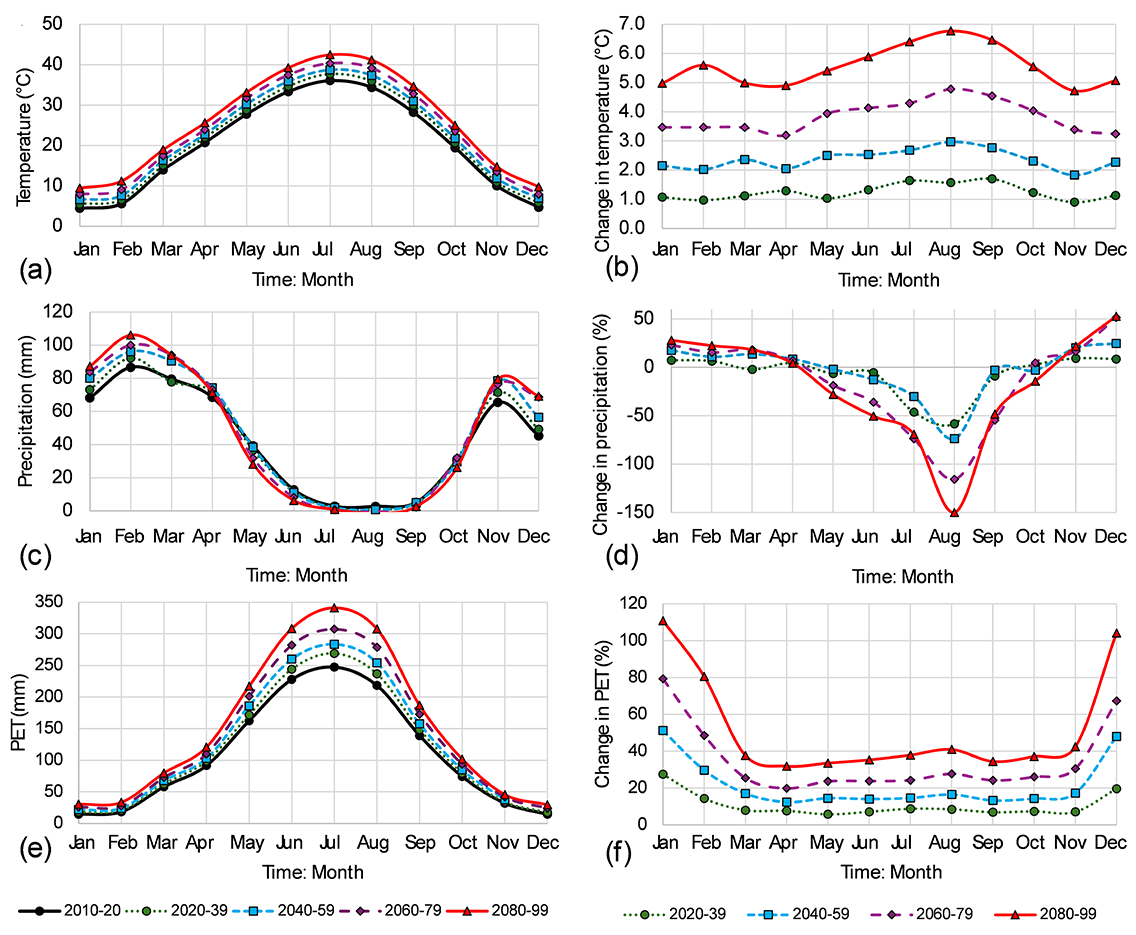Climate Change and Groundwater in Uzbekistan: What Does the Future Hold for the Akhangaran River Valley?
Groundwater is a critical resource in Uzbekistan, particularly in the semi-arid and arid regions of Central Asia, where surface water availability is limited and seasonal. In eastern Uzbekistan, the alluvial aquifer of the Akhangaran River plays a vital role in supporting domestic, agricultural, industrial, and mining activities. However, this shallow aquifer system is increasingly vulnerable to the impacts of climate change and anthropogenic pressures. A recent collaborative study, conducted under the Institutional Cooperation Instrument (ICI) of the Ministry for Foreign Affairs of Finland, brought together the Geological Survey of Finland GTK and Uzbek researchers to apply a 3D groundwater flow model for assessing the effects of future climate scenarios on groundwater recharge and storage in the Akhangaran River Valley.

The alluvial aquifer of the Akhangaran River Valley is composed of Quaternary sedimentary deposits that constitute a shallow groundwater system. These deposits are hydraulically connected to surface water bodies, rendering the aquifer highly sensitive to climatic variability and changes in land use.
Groundwater conditions for the period 2020 to 2099 were simulated using the high-emission climate scenario SSP5-8.5 and compared with observed data from 2010 to 2020. The simulation results indicate that groundwater recharge is highly seasonal, occurring predominantly between November and April, with negligible recharge during the summer months from June to August.
Under future climate conditions, winter recharge is projected to increase by up to 22.7%, driven by higher precipitation and snowmelt. However, summer recharge could decline by 100%, exacerbating water scarcity during peak demand periods. This seasonal imbalance poses a serious risk to groundwater availability and highlights the need for adaptive water management strategies.
Rising temperatures and increasing sedimentation threaten groundwater availability
The study found out that over 84% of the aquifer’s inflow originates from upstream and side-valley alluvial deposits, while direct recharge from precipitation and river water infiltration through river bottom sediments account for only 11.4%. This highlights the importance of maintaining upstream water flows and protecting side-valley recharge zones.
The Akhangaran Reservoir, located upstream of the study area, plays a critical role in sustaining river flow and aquifer recharge. However, rising temperatures and increasing sedimentation are projected to reduce its storage capacity by nearly 40% by 2072, posing a significant threat to groundwater availability. Under future climate scenarios, groundwater storage is expected to decline substantially, with reductions ranging from 7.3% to 58.3% compared to the baseline period of 2010–2020. These declines are attributed to increased evapotranspiration, reduced river water infiltration, and prolonged dry periods.
Despite some uncertainties due to limited data availability, the study provides a valuable framework for assessing variability in groundwater resources under climate change to guide policy makers. It emphasizes the need for long-term monitoring of groundwater levels, stream flows, and climate variables to improve model accuracy. By identifying critical recharge zones and quantifying seasonal variations in water balance components, the model supports the development of targeted adaptation strategies. These may include optimizing reservoir releases, enhancing infiltration through managed aquifer recharge (MAR), and regulating groundwater abstraction during dry periods.
Climate change is significantly altering the hydrological conditions of Uzbekistan, with profound implications for groundwater resources. The Akhangaran River Valley aquifer is experiencing increasing stress due to rising temperatures, shifting precipitation patterns, and growing water demand.
Seasonal recharge patterns are changing, and groundwater storage is projected to decline substantially. To ensure long-term water security, adaptive groundwater management and continuous monitoring are essential. This study presents a robust modeling framework for assessing future groundwater conditions and contributes to the development of integrated water resource management strategies across Central Asia.


Writer
Samrit Luoma, Senior Scientist
Geological Survey of Finland GTK
samrit.luoma@gtk.fi
Further information
Kadirkhodjaev, A., Andreev, D., Akramov, B., Abdullaev, B., Abdujalilova, Z., Umarova, Z., Nazipova, D., Ruzimov, I., Toshev, S., Anorboev, E., Rahimov, N., Mamirov, F., Gracheva, I., Luoma, S. 2025. Water, 17, x.
Assessing Climate Change Impacts on Groundwater Recharge and Storage Using MODFLOW in the Akhangaran River Alluvial Aquifer, Eastern Uzbekistan.
News on the GTK`s ICI project in Uzbekistan: The Mastering of Natural Resources Helps Uzbekistan to Adapt for the Climate Change
